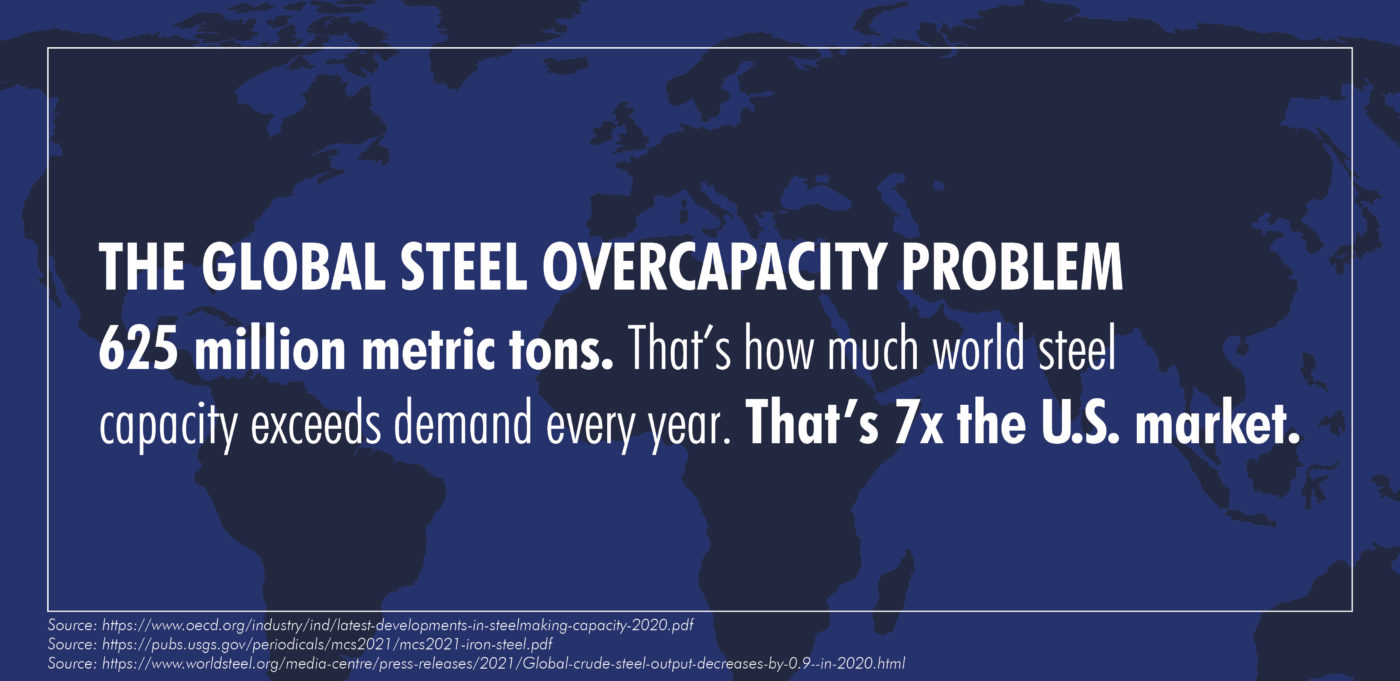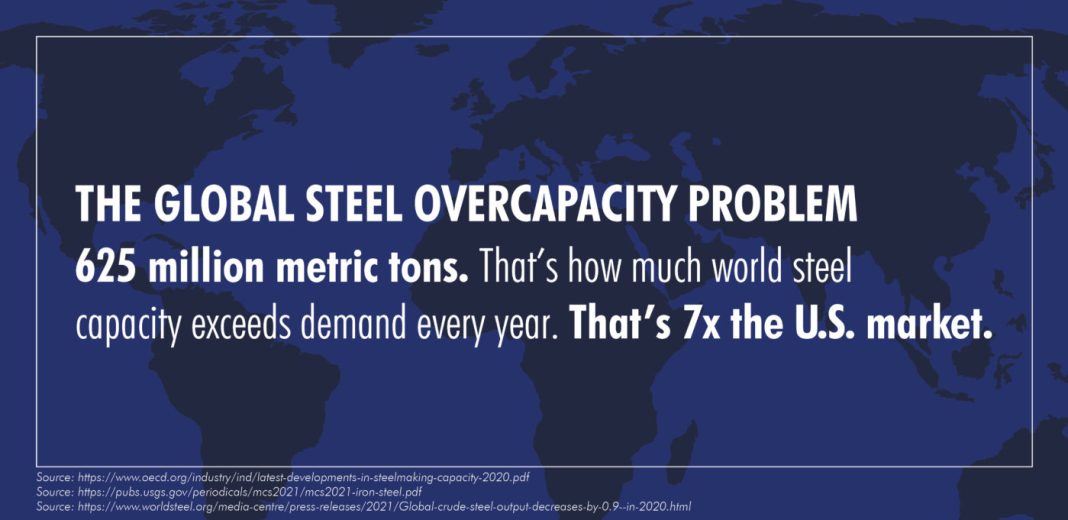 China’s strategy to offset the property crisis and weak domestic demand was to invest heavily in manufacturing capacity. This focused on areas such as semiconductors, electric vehicle batteries, solar, and wind generation. While this approach may have seemed logical at the time, it failed to consider the potential consequences of excess capacity.
China’s strategy to offset the property crisis and weak domestic demand was to invest heavily in manufacturing capacity. This focused on areas such as semiconductors, electric vehicle batteries, solar, and wind generation. While this approach may have seemed logical at the time, it failed to consider the potential consequences of excess capacity.
The problem of overcapacity in China’s manufacturing sector has been acknowledged by sources in the United States, Europe, and Japan. The European Union, in particular, views China’s dumping of cheap electric vehicles (EVs) on their markets as a result of this overcapacity. In response, the EU plans to impose significant tariffs on these products.
Despite claims from Chinese Communist Party leader Xi Jinping that there is no overcapacity issue, evidence suggests otherwise. Steel production, for example, has far exceeded domestic demand. In 2001, steel output matched domestic use, but by 2023, it is projected to exceed it by 8 percent. This trend is also evident in the solar panel industry, where output has surpassed domestic installations and is set to reach more than 150 gigawatts this year.
Even indirect measures, such as investment spending in electrical equipment and EVs, indicate an excess of manufacturing capacity. Last year, investment spending in these areas skyrocketed, far surpassing the increase in overall manufacturing capacity. However, this year, investment spending has declined and is now slightly slower than overall manufacturing investment.
The repercussions of this overcapacity will persist for some time and exacerbate China’s economic imbalances. In the past, overcapacity issues could be resolved through rapid demand growth or by fulfilling the role of the world’s workshop. However, China’s economy is not growing as fast as it once was, and it no longer holds the same position as the world’s primary manufacturing hub.
As a result, it will take longer to address the imbalance caused by the excess capacity build-up. Moreover, the developed West and Japan have shifted their focus away from China trade, further limiting opportunities for China to offload its excess production.
This is not the first time that Beijing’s planners have contributed to the country’s economic challenges. The failure to anticipate the consequences of excessive manufacturing capacity adds to the list of missteps. It remains to be seen how China will navigate these issues and find a solution that promotes economic stability and growth.
In conclusion, China’s efforts to combat the property crisis and weak domestic demand through manufacturing capacity investment have resulted in a significant overcapacity problem. This issue is evident in sectors such as steel and solar panels, where output far exceeds domestic demand. The lack of foresight in addressing this excess capacity has compounded China’s economic challenges and will require sustained effort to rectify.

